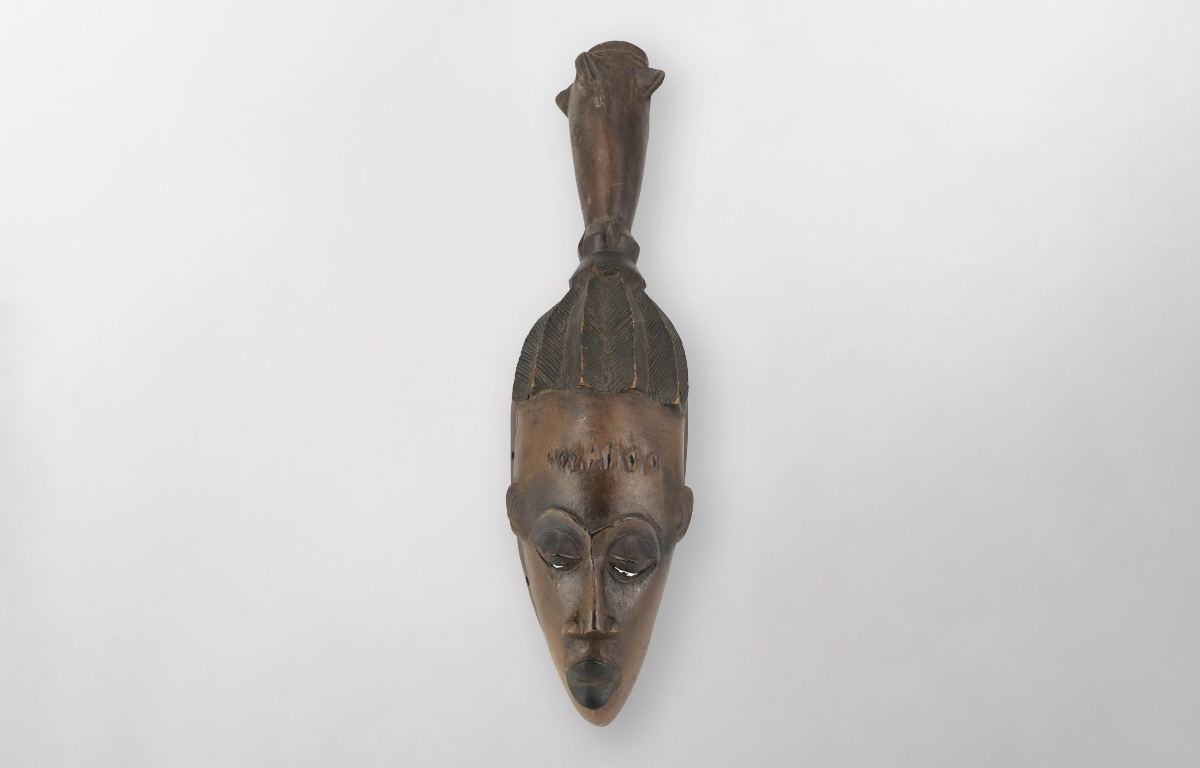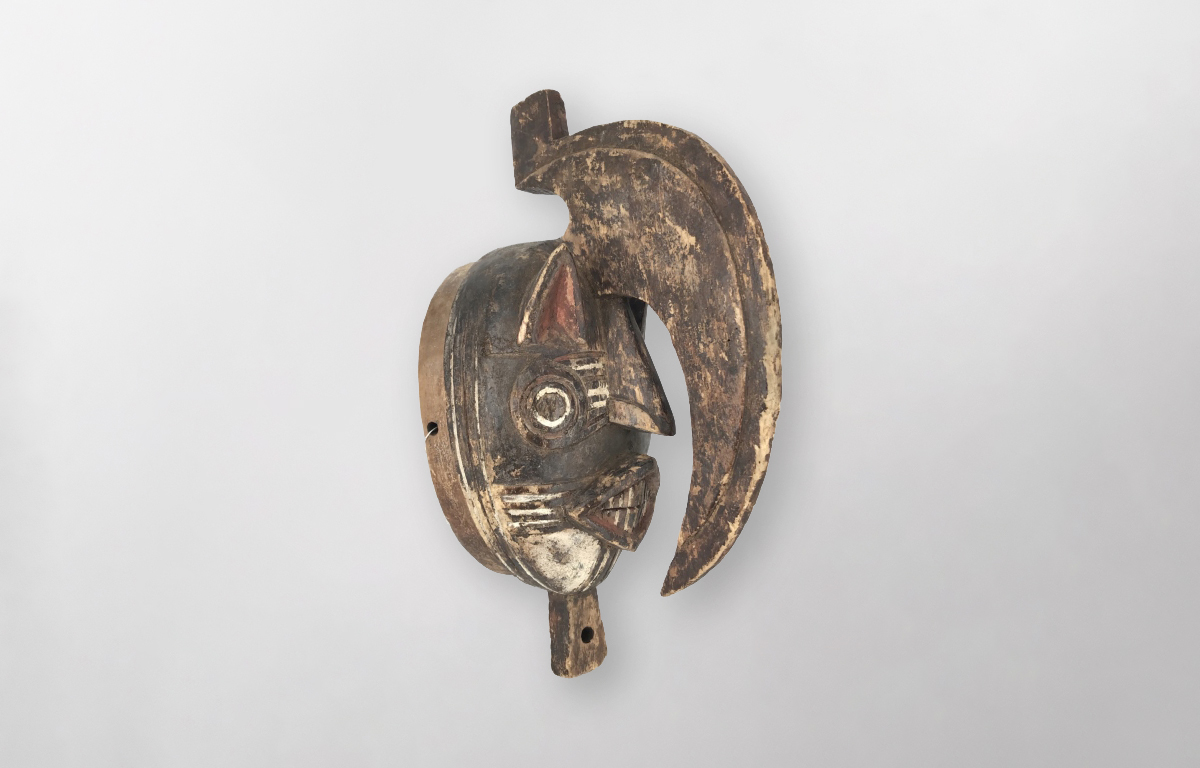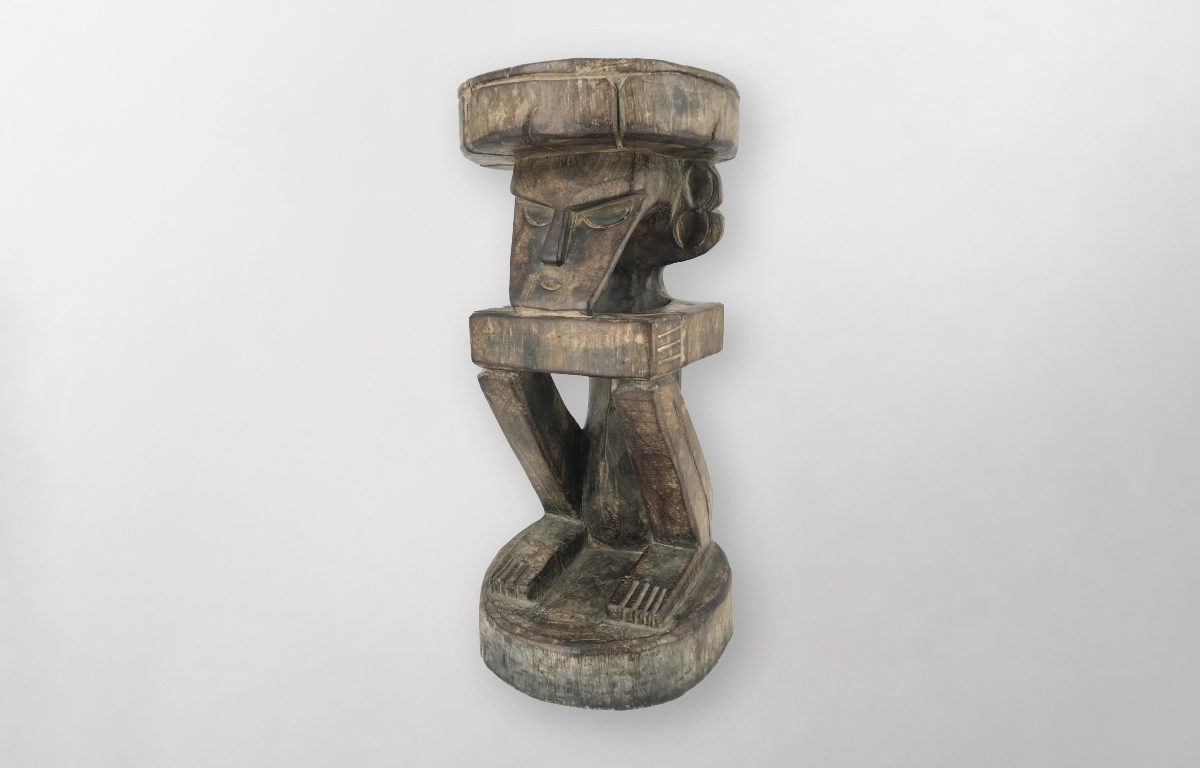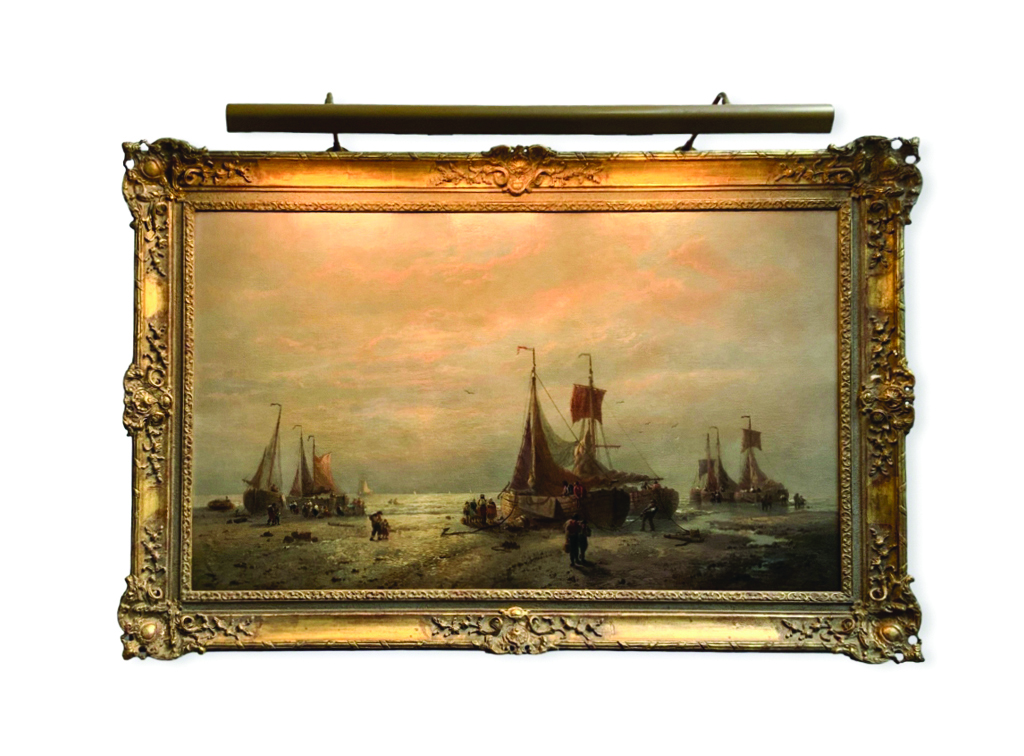A Look at Infinity François-Étienne Musin, born in Ostend in 1820, was a Belgian painter…
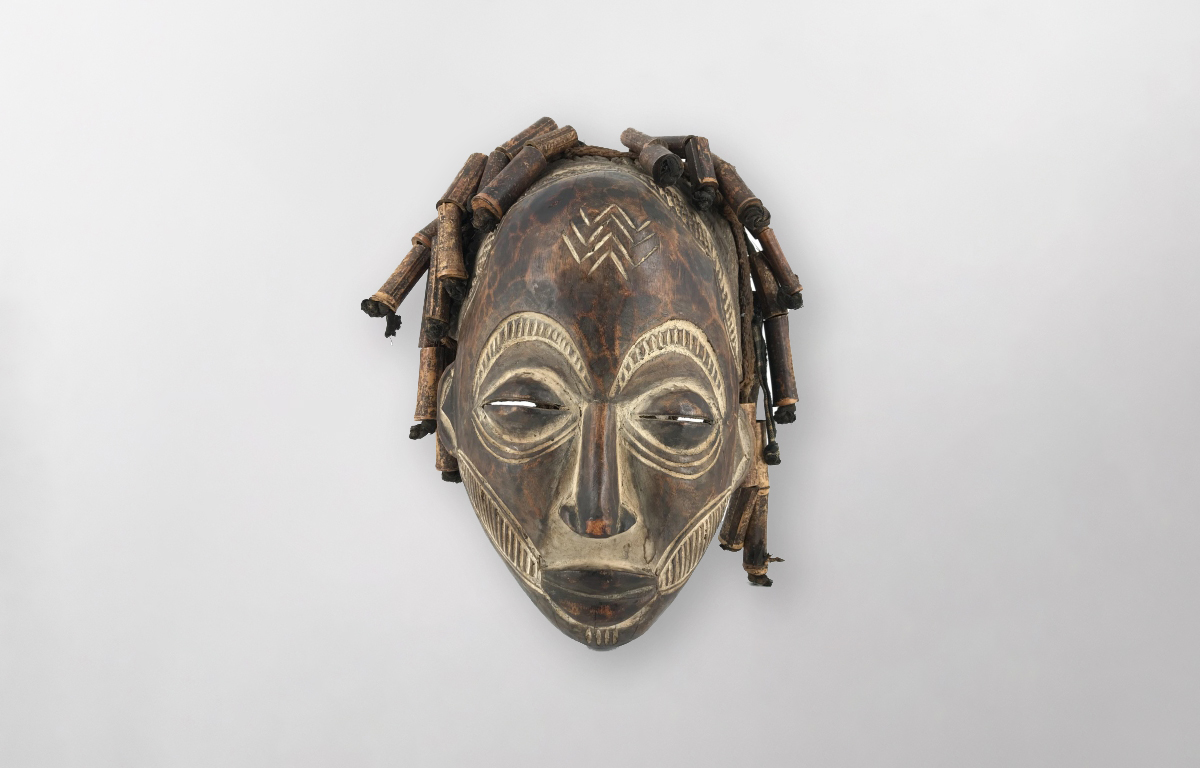
Expressions of Culture and Creativity
Exploring the Rich World of African Sculptures
Introduction
African sculptures stand as captivating and enduring works of art that have fascinated the world for centuries. These masterpieces are not only aesthetically appealing but also carry profound cultural, spiritual, and historical significance. With their intricate designs, skilled craftsmanship, and diverse forms, African sculptures provide a window into the continent’s diverse cultures, traditions, and artistic expressions.
Diverse Forms and Materials
African sculptures come in a mesmerizing array of forms, each telling a unique story. From masks to statues, figurines to ceremonial objects, the variety of sculptures reflects the depth and richness of the African heritage. These sculptures are crafted from an array of materials, including wood, metal, clay, ivory, stone, and textiles. The choice of material often depends on the culture’s resources and the intended purpose of the artwork.
Cultural Significance
African sculptures hold immense cultural significance, serving as repositories of history, spirituality, and social values. Many sculptures are tied to rituals, ceremonies, and rites of passage, acting as conduits between the human and spiritual realms. Masks, for example, are used in various African cultures to channel ancestral spirits or invoke deities during important events like harvest festivals or initiation ceremonies. These sculptures embody the essence of the people’s beliefs and provide a tangible link to their ancestors and traditions.
Artistic Expression and Symbolism
The intricate details and symbolic meanings within African sculptures reveal a sophisticated level of artistic expression. Traditional designs often incorporate patterns, shapes, and symbols that convey specific messages. Geometric patterns might represent balance and harmony, while animal motifs could symbolize strength or protection. The sculptures’ forms and proportions are carefully considered, often emphasizing certain body parts or facial features to convey emotions or character traits.
Influence on Modern Art
African sculptures have had a profound influence on the global art scene, inspiring renowned artists such as Pablo Picasso, Henri Matisse, and Amedeo Modigliani. The abstract and non-naturalistic qualities of African sculptures challenged conventional Western artistic norms and sparked the development of modern art movements like Cubism and Primitivism. These sculptures’ bold lines, abstract forms, and emphasis on emotional expression left an indelible mark on the trajectory of art history.
Preservation and Challenges
While African sculptures continue to captivate art enthusiasts worldwide, they face challenges related to preservation and cultural appropriation. Many sculptures were created with organic materials that are susceptible to decay over time. Additionally, the demand for these artworks in the global art market has led to issues surrounding the theft and illicit trade of cultural artifacts. Efforts are being made to protect and repatriate these treasures to their countries of origin, ensuring that their cultural and historical significance is preserved for future generations.
Conclusion
African sculptures stand as a testament to the ingenuity, creativity, and cultural diversity of the African continent. These remarkable artworks not only showcase the mastery of craftsmanship but also provide insights into the spiritual, social, and artistic dimensions of various African cultures. As we explore the intricacies and symbolism within these sculptures, we gain a deeper appreciation for the interconnectedness of art, culture, and humanity across time and space.

